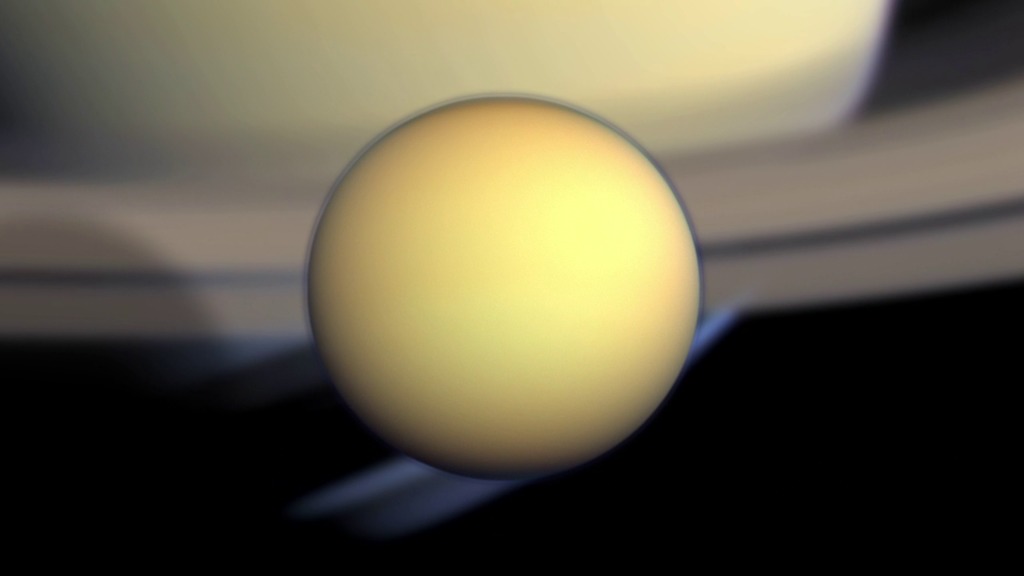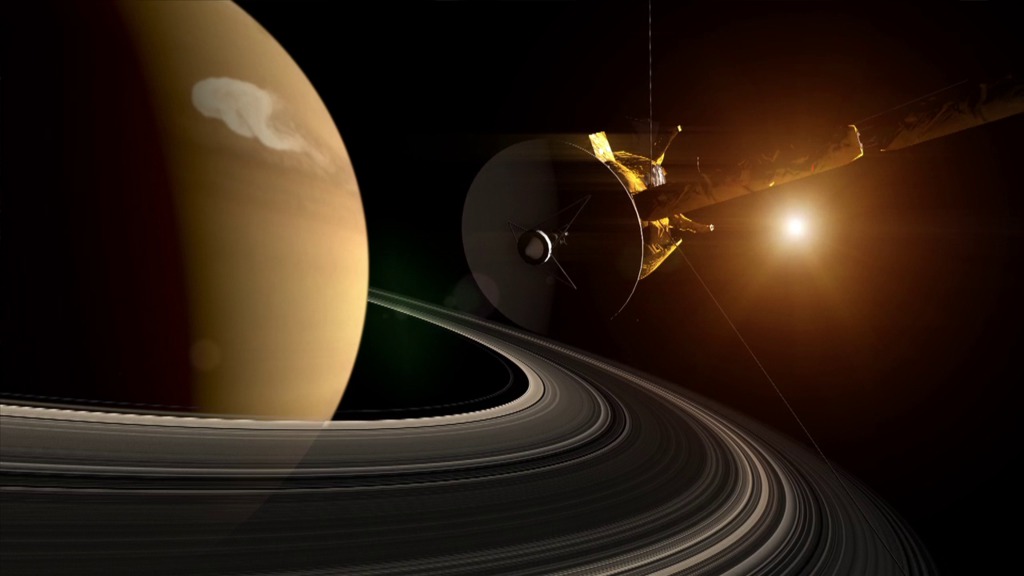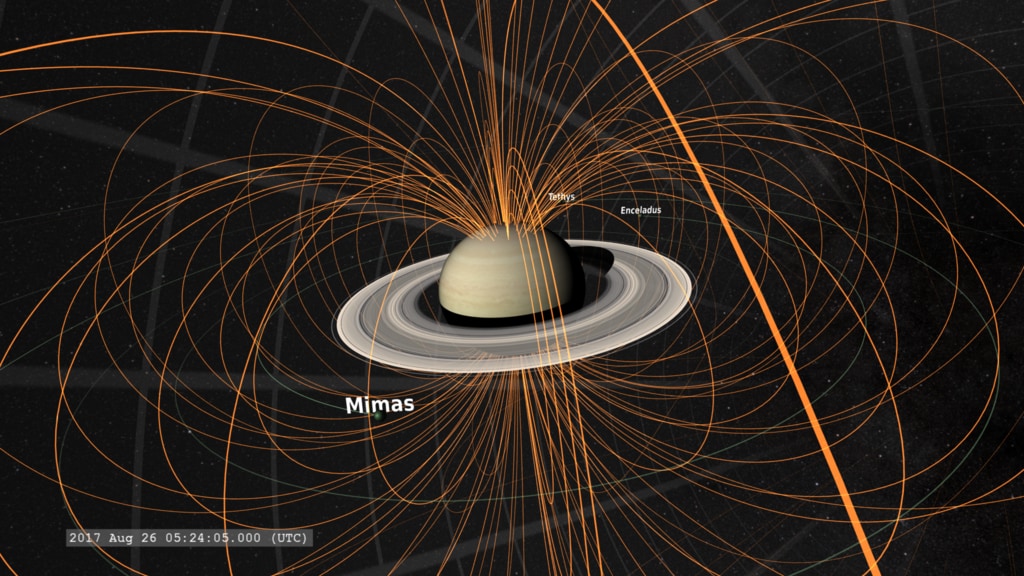Cassini's Infrared Saturn
Since arriving at Saturn in 2004, Cassini has used its Composite Infrared Spectrometer (CIRS) to study the ringed planet and its moons in heat radiation. Complete transcript available.
Watch this video on the NASA Goddard YouTube channel.
Music provided by Killer Tracks: "Particle Waves," "Odyssey," "Solaris," "Expansive,"
"Horizon Ahead," "Ion Bridge," "Outer Space"
The Cassini-Huygens mission arrived at Saturn in 2004, beginning an epic thirteen-year tour of the ringed planet and its many moons. Cassini and its companion probe, Huygens, were an international collaboration between NASA and the European Space Agency (ESA). Cassini carried an impressive array of scientific instruments, including the Composite Infrared Spectrometer (CIRS) built at Goddard Space Flight Center. By studying the Saturn system in heat radiation, CIRS observed hot spots in a giant Saturn storm, discovered a new hydrocarbon in Titan's smoggy atmosphere, found unexpected surface heating on Mimas and Tethys, and even detected evidence of a liquid water ocean under the icy shell of Enceladus. This video explores Cassini CIRS' greatest hits, as told by instrument team members Michael Flasar, Conor Nixon, and Carrie Anderson. Learn more about the CIRS instrument and team.
"Directors Cut" version with extended intro and conclusion. Complete transcript available.
Watch this video on the NASA Goddard YouTube channel.
Music provided by Killer Tracks: "Journey in the Milky Way," "Odyssey," "Solaris," "Expansive," "Horizon Ahead," "Ion Bridge," "Outer Space"

Opening the Cassini CIRS engineering model inside its clean tent at NASA's Goddard Space Flight Center. This model is a twin of the CIRS instrument on the Cassini spacecraft.

The Cassini Composite Infrared Spectrometer (CIRS) engineering model.

The CIRS engineering model up close.

Another view of the CIRS model with mirror and moving parts.

The CIRS computer station, where instrument commands are tested before they are sent to JPL for transmission to the Cassini spacecraft.
For More Information
See NASA.gov
Credits
Please give credit for this item to:
NASA's Goddard Space Flight Center
-
Scientists
- Michael Flasar (NASA/GSFC)
- Conor Nixon (NASA/GSFC)
- Carrie Anderson (NASA/GSFC)
-
Producer
- Dan Gallagher (USRA)
-
Editor
- Dan Gallagher (USRA)
-
Science writer
- Elizabeth Zubritsky (ADNET Systems, Inc.)
-
Project support
- Marcia Segura (University of Maryland)
- Aaron E. Lepsch (ADNET Systems, Inc.)
-
Videographers
- Rob Andreoli (Advocates in Manpower Management, Inc.)
- John Caldwell (Advocates in Manpower Management, Inc.)
- Katrina Jackson (USRA)
-
Animators
- Michael Lentz (USRA)
- Chris Smith (SLAC)
- Chris Meaney (KBR Wyle Services, LLC)
-
Data visualizer
- Tom Bridgman (Global Science and Technology, Inc.)
Release date
This page was originally published on Tuesday, September 12, 2017.
This page was last updated on Wednesday, May 3, 2023 at 1:47 PM EDT.
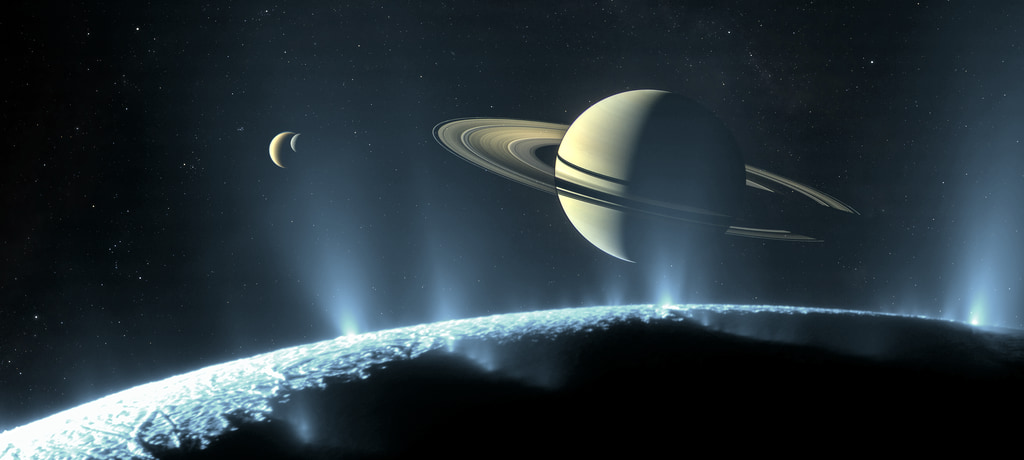
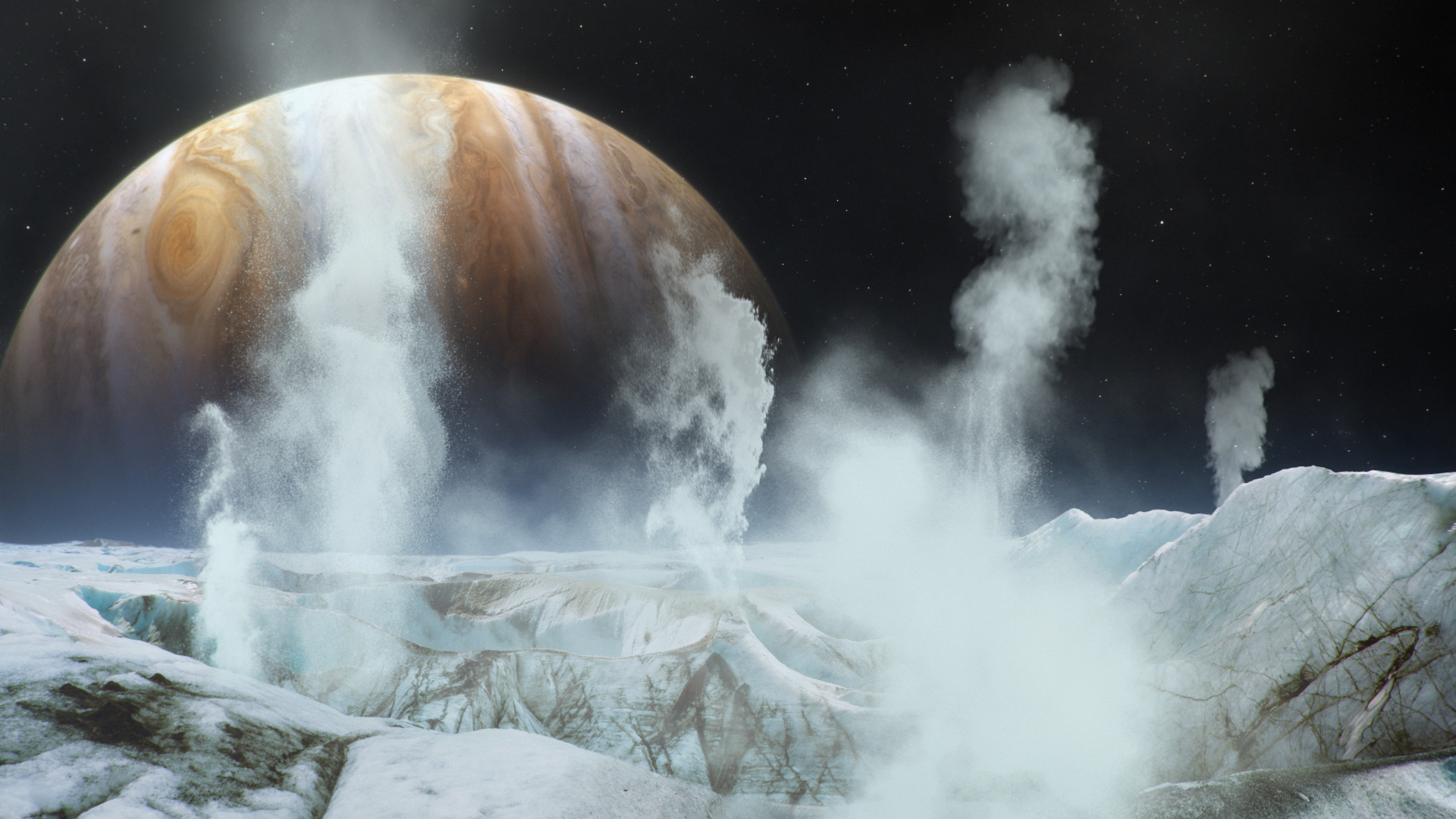
![Music credits:Ion Bridge by Ben Niblett [PRS] and Jon Cotton [PRS]; Atmosphere Music Ltc PRS; Killer Tracks Production Music.Tango Seduction by Brice Davoli [SACEM]; Koka Media SACEM, Universal Publiching Production Music (France) SACEM; Killer Tracks Production Music.Sparks by Ben Niblett [PRS] and Jon Cotton [PRS]; Atmosphere Music Ltd PRS; Killer Tracks Production Music.Espix by Mathieu Tiger [SACEM]; KTSA Publishing SACEM; Gum Tapes; Killer Tracks Production Music.Moving South by Chris Constantinou [PRS] and Paul Frazer [PRS]; Killer Tracks BMI; Killer Tracks Production Music.Waiting for the Morning by Jay Price [PRS]; Atmosphere Music Ltd PRS; Volta Music; Killer Tracks Production Music.Aega by Ervin Trofimov [SACEM]; KTSA Publishing SACEM; Gum Tapes; Killer Tracks Production Music.](/vis/a010000/a012700/a012714/cirs_thumbnail.png)
